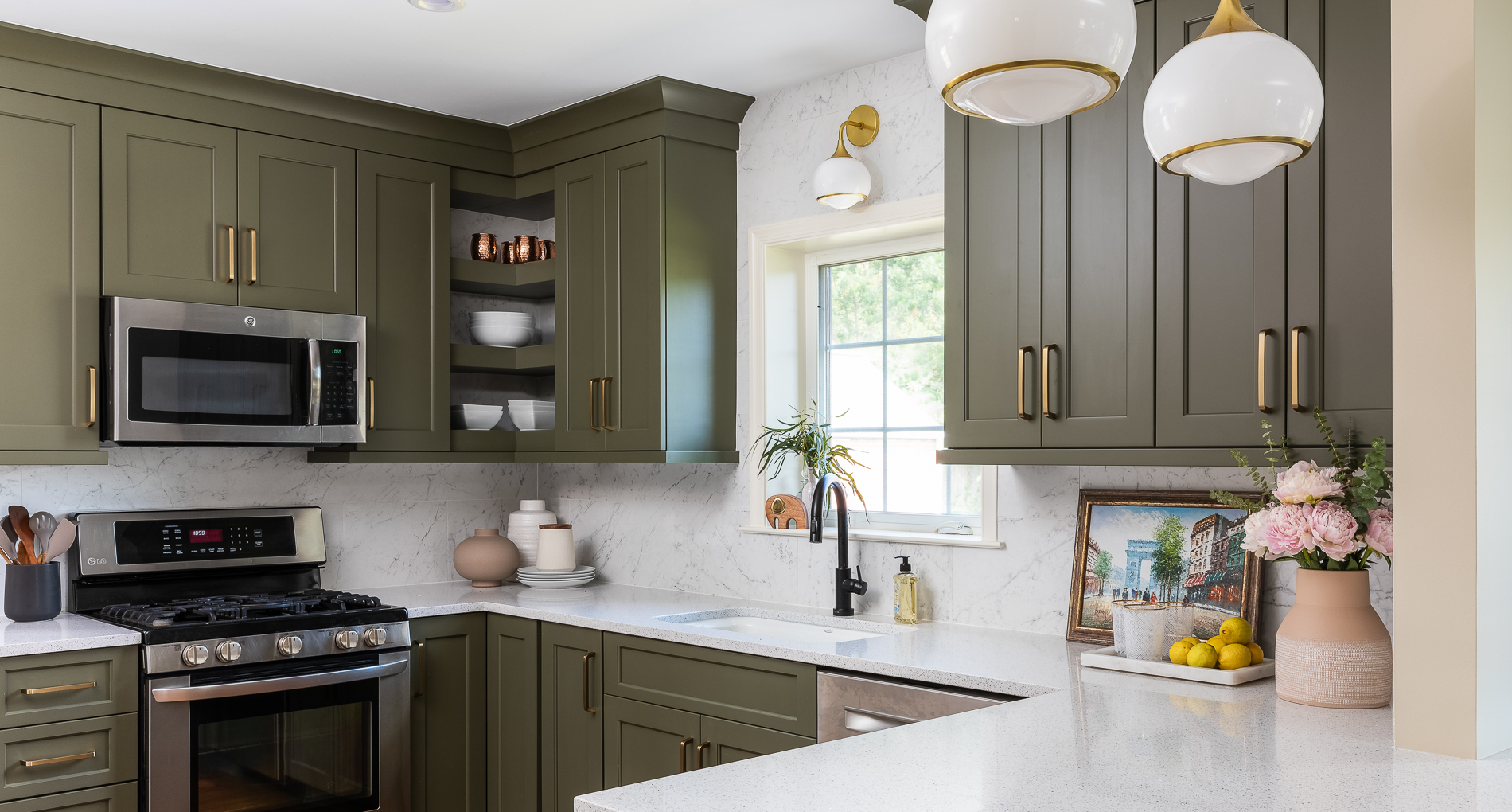When custom home building or remodeling in Arlington, VA many contractors want to help move the process along by providing a quote and contract documents that include an “allowance.” This lets the contractor come up with a total number for the customer to sign off on without having made all the decisions that go into the construction process. It is a compromise between completely transparent, line-item pricing for each and every aspect of the project and a vague, lump-sum quote that fails to spell out any details. Before agreeing to a custom home construction project that has allowances, it’s important to understand how they work.
What are allowances when custom home building or remodeling?
Allowances are typically used for the second-stage parts of a project, including items like cabinets, paint, fixtures, or appliances. By making a quote (that is frequently converted into a legally binding contract) with allowances, the contractor is setting a ballpark budget for these items based on a general estimate of the cost. At some point, the customer, working with the contractor, selects the items. The amount of the allowance is not the guaranteed price of the item, nor is it the maximum price. Rather, it is the experienced contractor’s best guess of the cost, and generally, quotes and contracts make it clear that the customer is responsible for the total cost even if it exceeds the allowance.
The hidden costs of allowances in a custom home build or remodel.
In addition to the possibility that the price the customer pays for the line item will exceed the allowance, these provisions have two major drawbacks. First, the allowance doesn’t take into account the cost of delays that might occur if the item the customer selects is on backorder or requires customization. Deciding on the item in advance means that the price and the time of delivery are known quantities.
A second drawback is that contractors often require the customer to work with preferred vendors. Having an established relationship with the vendor means that the contractor has more confidence in the quality of the item provided. But it also motivates the vendor to work with the contractor, sometimes to the detriment of the customer. Vendors will set pricing and payment terms in a way that allows the contractor to mark up the cost to the customer and keep the profit. This is either open – the contractor bills the client for the items and includes a markup in the invoice – or the vendor provides a marked-up number to the customer and passes the markup through to the contractor. The amount of the markup is entirely up to the contractor, which leaves the customer open to paying a significant percentage over the contractor’s price for the item.
In a competitive market for custom home building and remodeling in Arlington, builders sometimes try to push the process along by leaving in allowances that hide potential pitfalls. It’s generally preferable to get a clear, specific price in the contract that includes transparency about any markup. This usually results in savings in the ultimate cost of time and money for a residential construction project.
At Alair Homes Arlington, we believe the home addition, remodel, and custom home building process shouldn’t involve surprises or hidden expenses. We explicitly set out the details of the costs of each aspect of the project, including what we pay vendors, subcontractors, and suppliers. We work with our customers to finalize the budget without allowances so that we can set expectations and then deliver quality and value. You can learn more about how Alair’s commitment to transparency helps you during the custom home building or remodeling process in our YouTube video with one of our Market Partners, Architessa.
Contact us today for a consultation about your custom home build or remodel needs.
